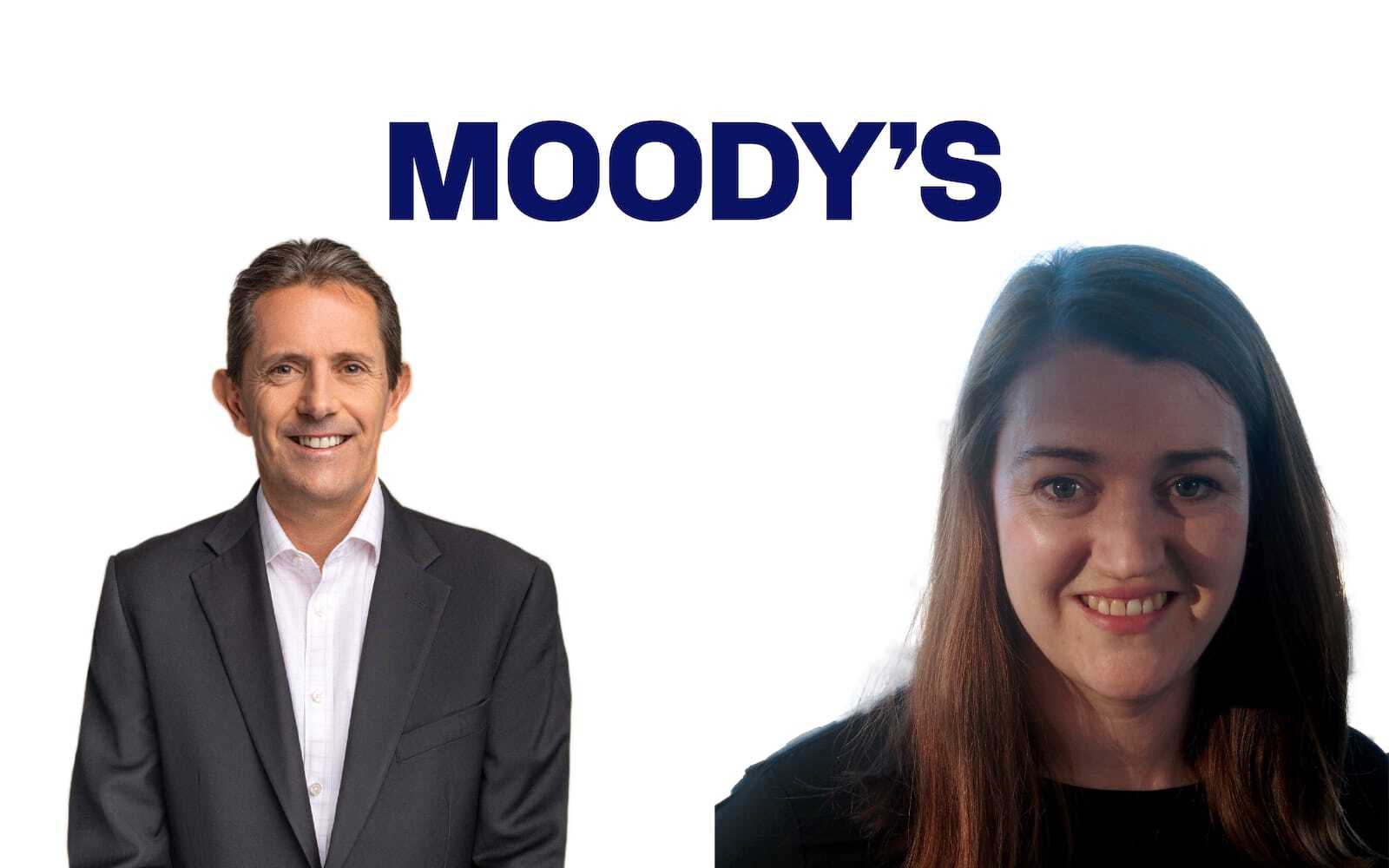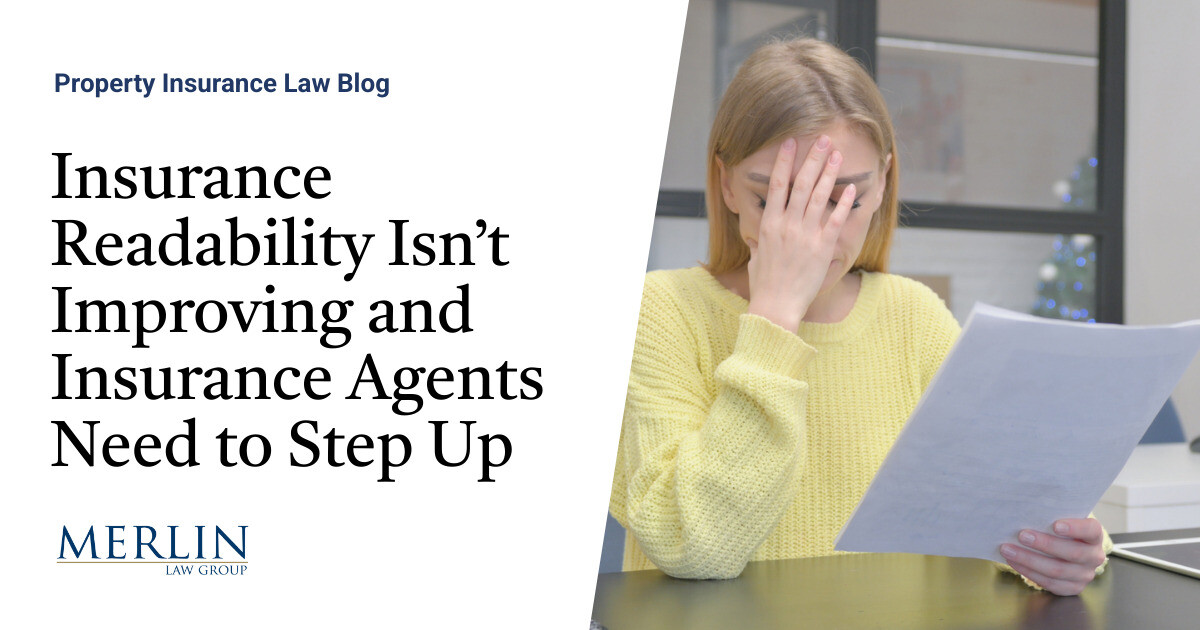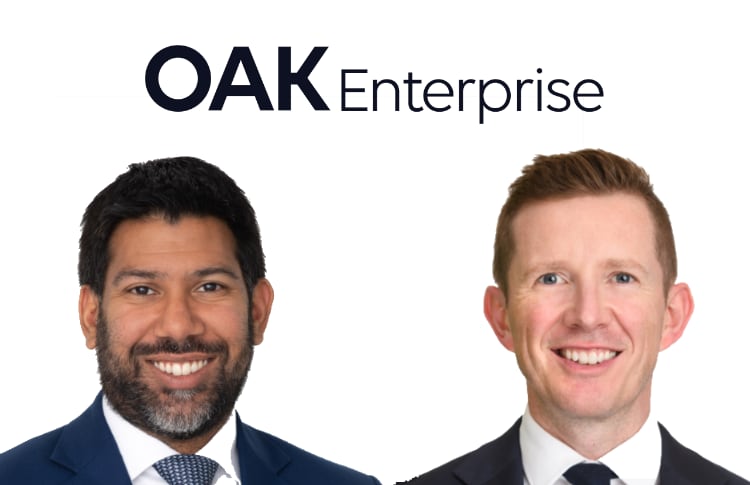
As the insurance-linked securities (ILS) market continues to evolve, both catastrophe and non-catastrophe models are critical components for trading, particularly in the 144A format, according to executives at Moody’s, who told Artemis that they view the ILS sector as a “very important element” of the re/insurance market.Artemis spoke with Charlotte Acton, Senior Director- Advisory Services, Moody’s Insurance Solutions, and Simon Harris, Managing Director, Moody’s Corporation, during RVS 2025 in Monte Carlo, who highlighted how critical and important both cat models and non-cat models are towards assessing and pricing within the ILS space.“I’d say they’re absolutely vital to the ability to trade, particularly in the 144A format, and you’ve seen that over the decades the market has been there, time and time again.You see new perils come to the market, because there has been an advancement in the modeling landscape which has enabled that to happen, and without that, you don’t see it,” Acton said.
“For example, the first storm surge bond that was done for the Metropolitan Transportation Authority in New York, closely followed on the heels of the availability of the first fully simulated hydrodynamic surge models, and without those models, that deal couldn’t have been placed on a parametric basis, because investors wouldn’t have confidence in it,” Acton continued.“Similarly, in the cyber space, we saw the influx of cyber bonds into the market precisely at the point that the market felt confident enough in the state of modeling to transfer risk on a 144A basis.Cyber is a great example, because back in 2015/2016 there were no stochastic models for cyber risk.
The way that market has developed through the advent of accumulation capabilities and definition of exposure has allowed insurers to agree on how to define what they had, and how much they were holding.“We feel that in cyber particularly, there’s still more to do for the market to progress and to be priced as efficiently as possible.And that’s why we have the Moody’s RMS Cyber Industry Steering Group, to keep those models evolving, so they can further support the market.” Acton also stressed that another area where models could really help is in severe convective storm.
“We’ve seen in the market that average annual losses have been increasing over the last few years, and therefore there’s been a lack of confidence in writing that peril that’s influenced the type of structures that come into the capital market, because of that perception from investors.And models can be the solution to that as well,” she added.“At the end of the year we will be releasing our North America Severe Convective Storm HD Model which is informed by over $50 billion of individual company claims data, and we hope, will help support this market going forward,” Acton continued.
Furthermore, Harris emphasized that the ILS space remains a sector in which many are eager to invest in.“When you talk about private credit funds or ultra-high net worth individuals, there’s lots of money that wants to come into this space.And the reason that I think people are interested and have confidence in the space is because it is modellable.
The models are already being used in the insurance industries, the RMS models have been used for treaty and underwriting for decades,” Harris told Artemis.“So, they’re proven to work, and I think this gives people and companies that are looking to invest in this space the impression that this is a risk that is quantifiable.It has been modeled for decades, and the models work, and as Charlotte said, we think the same is increasingly true in spaces like cyber and casualty and elsewhere.
So, I think the models are critical.But what’s good about the models is they work.” Acton and Harris also explained to Artemis what they believe are the most urgent modernization needs for risk modeling and analytics within the ILS sector.“Something that we’ve been discussing a lot with clients over the last couple of years, and something that we’re starting to see emerge a lot more in general conversations around the market is the need for greater standardization, and secondly, greater transparency around data.
And for us as a modeling agent, that second one is really key to unlocking the power of what the models are able to do and without access to that exposure data, investors are constrained in their ability to create their own views of risk as others are able to,” Acton explained.Harris added: “Exposure would seem to be the single key thing that would transform the market from what it is now to a much more liquid and a much more transparent system than it currently is right now.” Acton also stressed that the ability of investors to understand what’s happening on the ground after an event takes place is what will help increase market liquidity within the ILS space, while also highlighting how there are already a lot of capabilities available today.“Increasingly, we have great insights already around wind fields, for example, in the hurricane on a live basis.
“Damage on land, I think is something that there’s still more work to be done to get more immediate views of the impact of the storm.For event response, I think the most significant benefit to the investor community, rather than advances being seen in the monitoring of the event, is going back to the exposure data.Because today, take the January 2025 LA Wildfires, we have very high resolution, granular fire footprints.
What investors don’t have is where their exposure is,” Acton told Artemis.“So, post an event, they can go online and find publicly available data around that fire footprint on a really granular level, but without the ability to know what they’re exposed to and where it is.Maybe for some deals it’s only defined as within the state of California.
For others, it might be within the Los Angeles County, which again, is a relatively large area relative to the area exposed,” she continued.“I think all of those advances are meaningless if you don’t know where things are.I would say that’s more critical, because we already have good event data today.” Harris added: “When you think about capital markets and what makes a good capital market function in the fixed income space, it’s the ability to trade on the secondary market.
It’s that ability to free investors, not only to buy when the things are issued, but to trade it at any point in the life of the bond.” As Harris tells us, within the catastrophe bond space that would be highly relevant when events are happening, due to the fact that investors would want to know whether a particular event is going to hit their cat bond or not, and if it is or it’s not, then what the market price is going to be? “So, can I get in and out if I want to.To Charlotte’s point, having the exposure is really the only way to enable this.Having the exposure in investors’ hands is really the only way for them to know ‘do I want to trade at this point or not?’ And it’s very difficult for people to do that now,” Harris said.
To end, Harris provided Artemis with some further background behind Moody’s Ratings recent proposal for a new methodology for rating cat bonds and other ILS, and how impactful this could be for the market in the future.“Moody’s has been active in the cat bond market ratings in the past, but I guess in the late 2010s and early 2020s, ratings were not being used as much in the marketplace, and I think that was primarily because the investor base changed.It changed to become mostly invested by specialist ILS funds.
“We got to the stage in early 2022, where we found the rating methodology was not being used.We retired that methodology and took it out of service, which was three years ago.And in the last three years, the ILS market has begun to grow substantially and there has been a big increase in interest from people in the marketplace who perhaps are more rating sensitive,” Harris told Artemis.
Moody’s Ratings published its discussion paper on insurance-linked securities (ILS) and cat bonds and sought feedback from market participants to help clarify its understanding of ILS market dynamics and associated credit risks.“We’ve received lots of feedback from a variety of people involved in the market like sponsors, brokers, and investors, and many investors have said that they are interested in ratings from this space, and if we’re (Moody’s) are present, that will help.“We recently published the draft methodology and it’s now open for a comment period until the middle of October, and we will get feedback from a variety of participants again, and then our expectation would be that it takes a couple of months, maybe after that to finalise the new methodology.
“Essentially, what we’re trying to do here is also not just address the needs of the market now but also address the needs of the market for the years to come.Because we think there are so many investors who would like to invest in this space, who are rating sensitive, but they don’t invest right now because it’s not a rated market.We think that with a new rating methodology, and with market conditions still being attractive, that the rating methodology that we have could enable the market to grow further and could enable more investors to come in and more capital to come in.
“Moody’s as a whole, really sees the ILS space as a very important element of the insurance and reinsurance market,” Harris concludes..All of our Artemis Live insurance-linked securities (ILS), catastrophe bonds and reinsurance can be accessed online.
Our can be subscribed to using the typical podcast services providers, including Apple, Google, Spotify and more.
Publisher: Artemis








